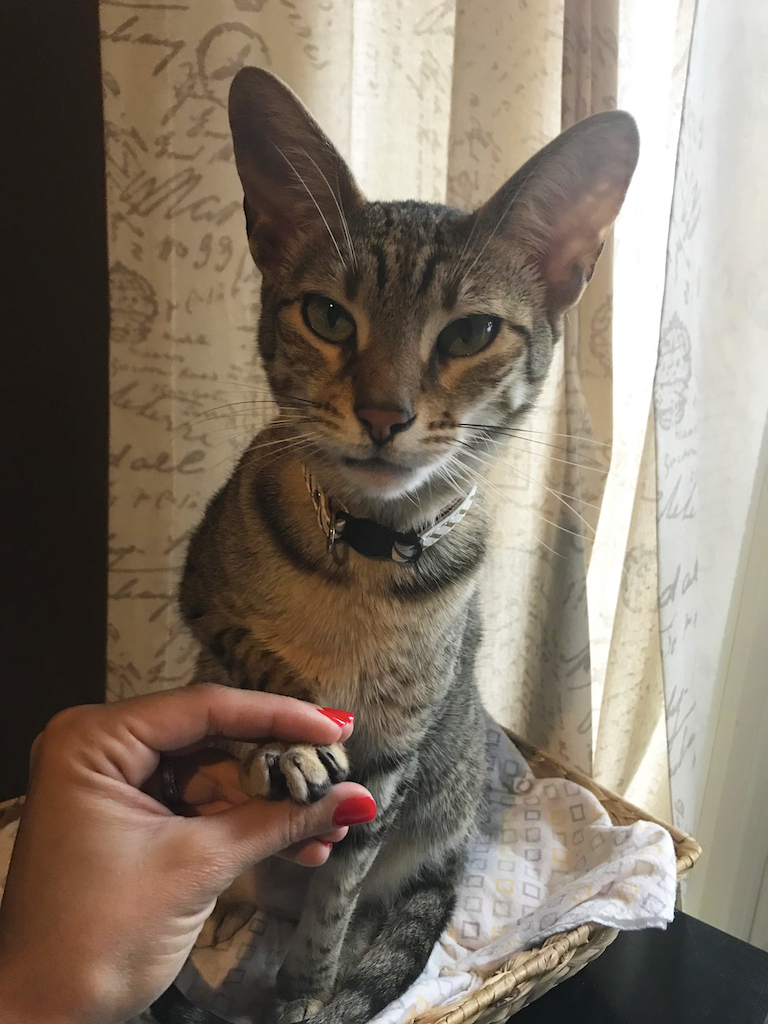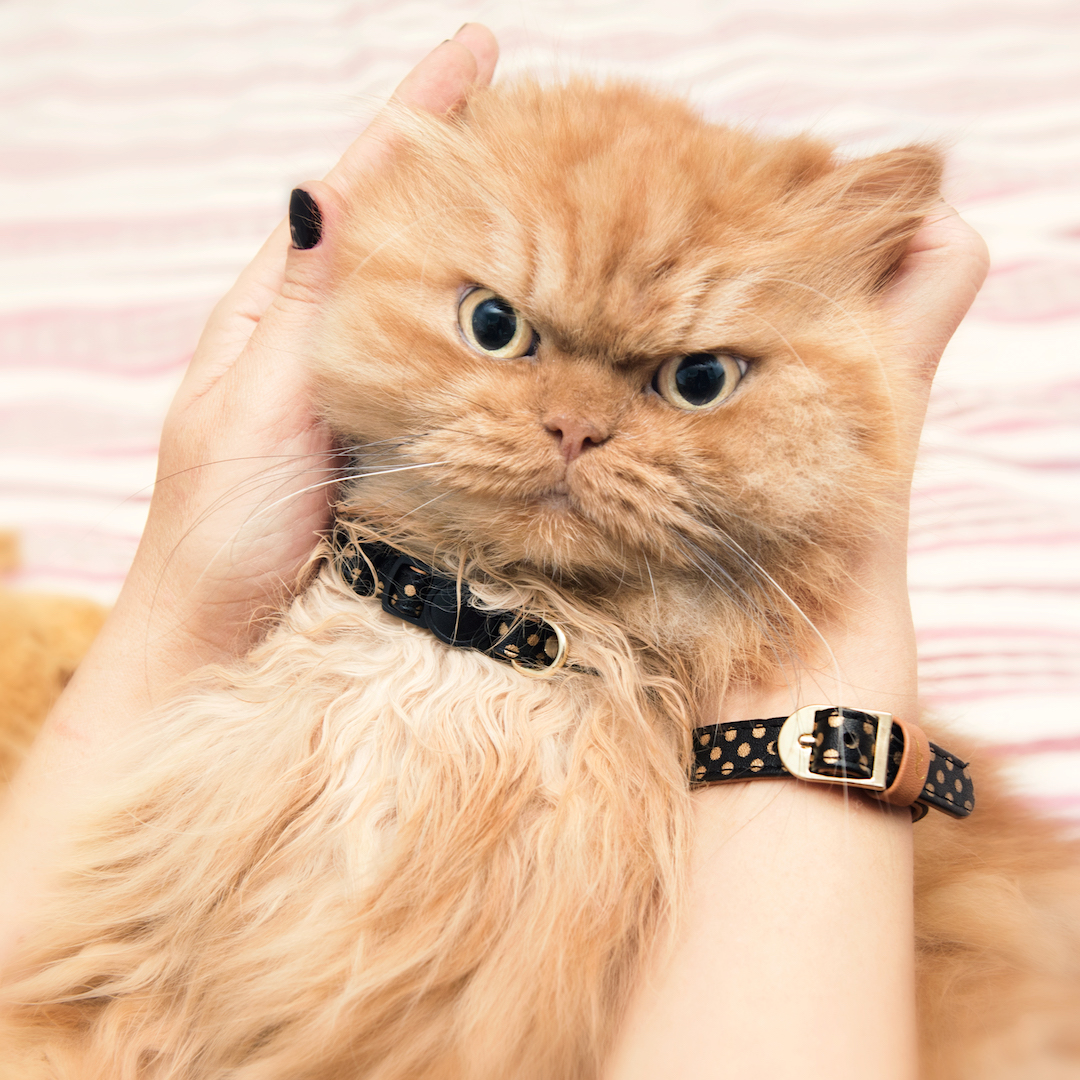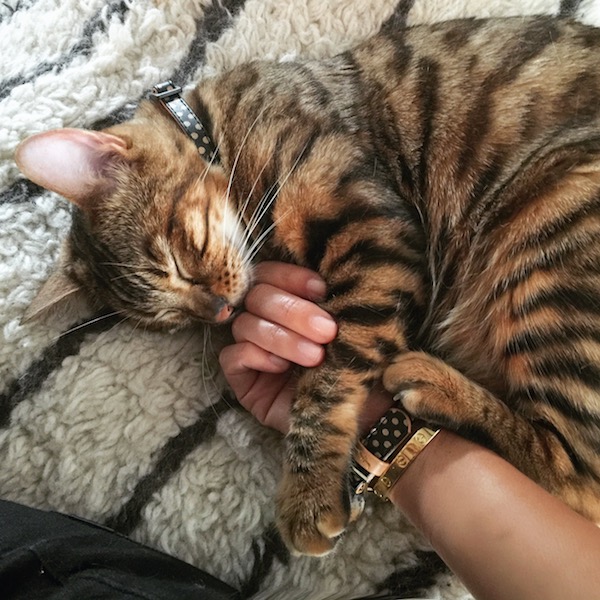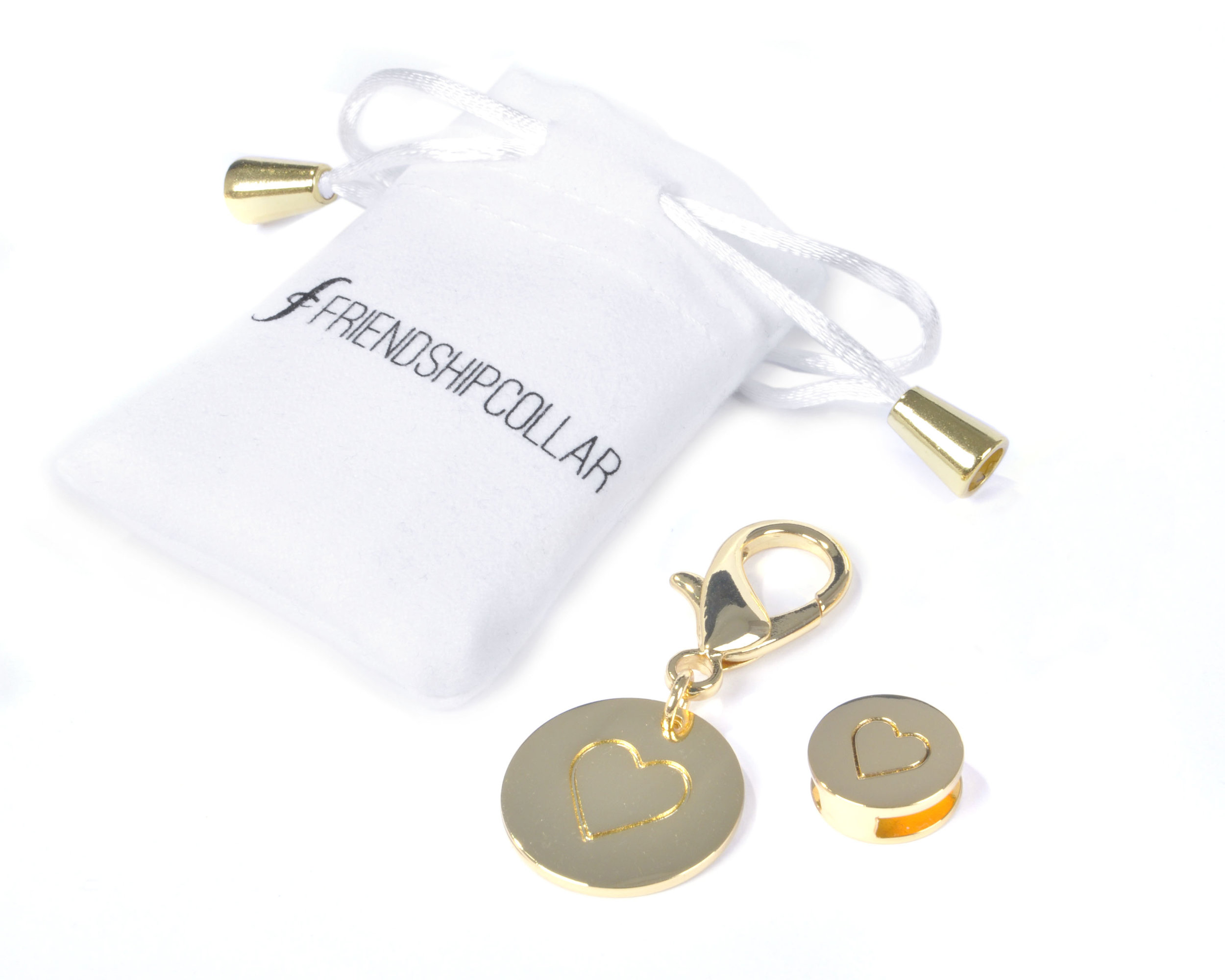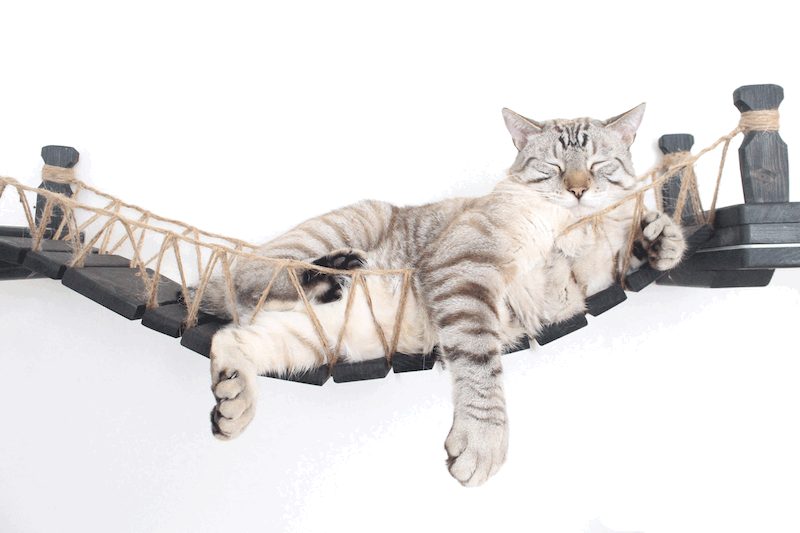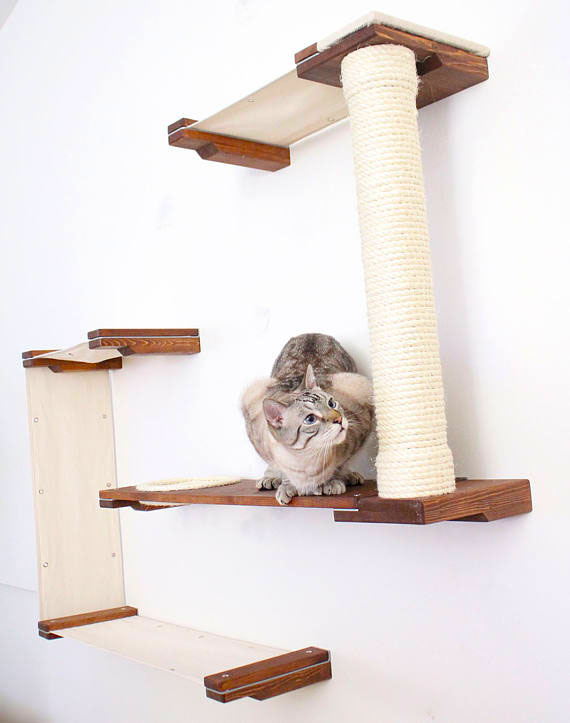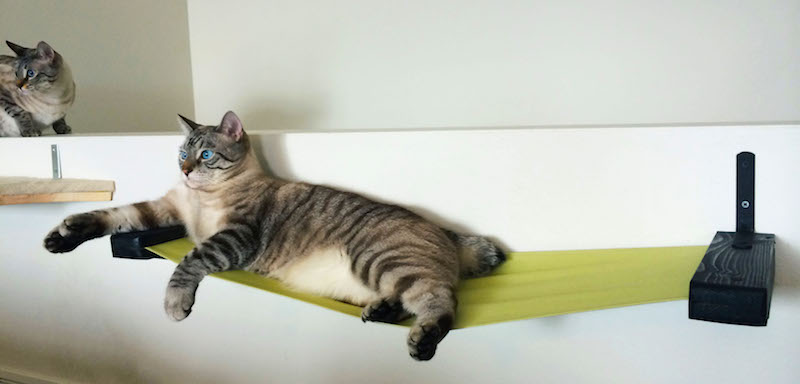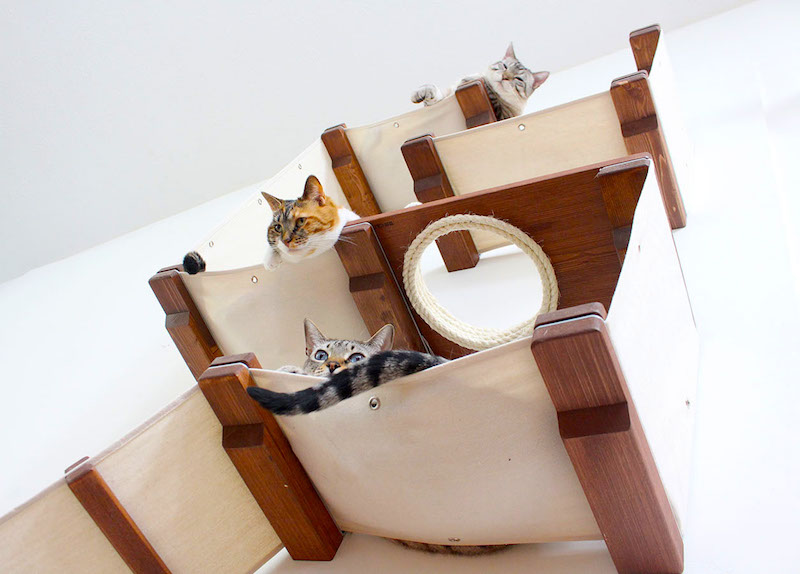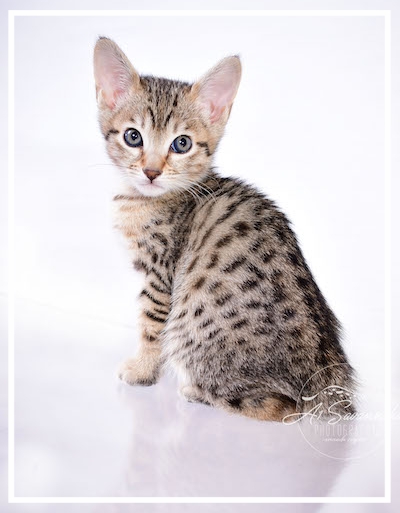Nail Trimming Tips
Let’s talk about those claws. Cats are well equipped beings with very sharp claws. The use them for a number of things like climbing, marking their territory, and self-defense. Because their claws become dull after several times of use, it is necessary for them to get regularly sharpened. Since this is a natural instinct, cats will find what they can to polish up their lethal weapons, whether it’s on their designated scratch post or your lovely leather sofa.
In order to save yourself from those dreadful cat scratches and your favorite drapes from the nauseating rips and snags, it is important to know how to properly trim your cat’s nails.
Anatomy of the Claw
Cat’s nails naturally retract when they are resting, making it a bit difficult to see their nail. You can gently apply pressure at the bottom of the toe to expose the nail.
At the base of the nail is a more pink or light red area. This is the quick, make sure you can identify the quick before cutting as this area contains blood vessels as well as nerves. If you happen to cut into the quick on accident it will bleed and be painful for the cat. Make sure you have a clotting agent such as styptic powder to clot the nail, then take a break.
Most domestic cats have five claws on both front paws and 4 on each back paw adding up to 18. However, there are exceptions such as a polydactyl cat. Examine your cat’s paws thoroughly before sitting down for a nail trim.
Use Proper Tools and Techniques
There are designated trimmers for cats and some people prefer a Dremel drill. However, we like to use human nail trimmers as it is something that is already familiar with, and the cats don’t seem to be as startled when using them versus a drill. Hold the trimmers horizontal when cutting each nail. Cutting vertically seems to be an easier position to cut, however it can splinter the nail and cause what is almost like a hangnail to us.
Getting a Feel for It
The best time to start trimming nails in when your cat is a kitten. Kittens are more acceptable to new things and will allow you to mess with their feet more. Touch their feet several times during the day and practice retracting their claws so you and your kitten get more comfortable with it.
Of course, not everyone will adopt their cats as kittens. In this case, the best time try for a nail trim is when they are worn out and sleepy. Possibly after a meal or a long play session. Find a dim, quiet room with no distractions. Lay them on your lap and gently massage their paws. This will relax them as well as allowing them to become more familiar with you handling their feet.
Reward Them for Good Behavior
Cats respond very well to positive reinforcement. When attempting to trim their nails it’s always a good idea to have treats on hand. When they allow you to retract their paws, give them a treat. Try one nail at a time, rewarding them after each complete paw. If they start to get squirmy take a break and try again later or another day.
Work as a Team
Sometimes it’s not always easy to get the nails trimmed by yourself so you might have a friend accompany you. When doing this you are more apt to make the cat nervous since there are more of you than him. Make small movements and use a soft voice which will help calm him down. Take breaks if necessary as you want to keep this a pleasant experience for you cat.
Practice Makes Perfect
Remember, you and your cat are not going to be perfect the first time. Allow you both some time and practice, be patient and reward good behavior. Take breaks when necessary and never be aggressive or angry with your cat if they do not stay still. Let them have some space and try again another day. You will be pro’s before you know it!


